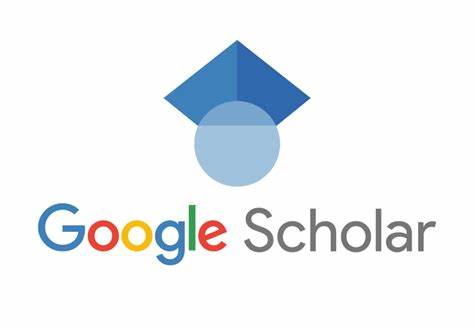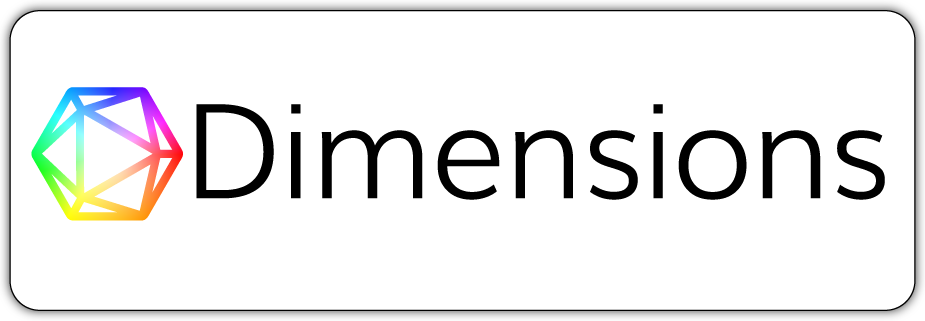Publication Ethics
Section A: Publication and Authorship
- All submitted articles are subject to a strict peer-review process conducted by at least two experts in the relevant research field.
- The peer-review process is blind peer review.
- Factors considered in the review process include originality/no plagiarism, relevance, significance, and alignment with Early Childhood Education research.
- The decisions made will include "accepted," "accepted with revisions," or "rejected."
- If authors are asked to revise and resubmit their manuscript, there is no guarantee that the revised submission will be accepted.
- Rejected articles will not be reconsidered.
- Article acceptance is limited by legal requirements related to defamation, copyright infringement, and plagiarism.
- Research articles are not allowed to be published in more than one journal publication.
Section B: Author Responsibilities
- Authors must declare that the manuscript is their original work.
- Authors must declare that the manuscript has not been previously published elsewhere.
- Authors must declare that the manuscript is not currently under consideration for publication elsewhere.
- Authors must participate in the peer review process.
- Authors are required to withdraw or correct errors if necessary.
- All authors listed in the article must have made a significant contribution to the research.
- Authors must declare that all data in the article is real and original.
- Authors must inform the Editorial team about any conflicts of interest.
- Authors must identify all sources referenced in their manuscript.
- Authors must report any errors found in the published paper to the Editor.
Section C: Reviewer Responsibilities
- Reviewers must maintain the confidentiality of all information regarding the article and treat it appropriately.
- Reviewers must conduct their evaluation objectively, without personal criticism of the authors.
- Reviewers must clearly express their views with supporting arguments.
- Reviewers should identify any relevant published work that the authors have not cited.
- Reviewers should also ask the Editor-in-Chief to address any substantial overlap or similarity between the manuscript under review and other previously published papers based on their personal knowledge.
- Reviewers must not review manuscripts that involve a conflict of interest due to competition, collaboration, or any other relationship or connection with the authors, companies, or institutions related to the paper.
Section D: Journal Editorial Team / Editor Responsibilities
- The Editorial team has full responsibility and authority to accept/reject articles.
- The Editor is responsible for the overall content and quality of the publication.
- Editors should always consider the needs of both authors and readers while striving to enhance the publication.
- Editors must ensure the quality of the paper and the integrity of the academic record.
- Editors should publish corrections or errata pages when necessary.
- Editors must be clear about the funding sources for the research.
- Editors should base their decisions solely on the originality, clarity, and relevance of the paper to the scope of the publication.
- Editors should not reverse their decisions or those of previous editors without serious justification.
- Editors should maintain the confidentiality of the reviewers.
- Editors must ensure that all research materials they publish comply with internationally accepted ethical guidelines.
- Editors should only accept papers if they are reasonably confident in their validity.
- The Editorial team must take action if they suspect a violation, whether or not a paper is published, and make every reasonable effort to resolve the issue.
- Editors should not reject papers based on suspicion alone; they must have evidence of a violation.
- Editors must avoid conflicts of interest between staff, authors, reviewers, and board members.









